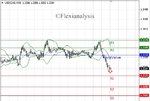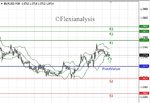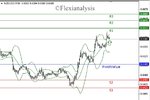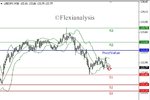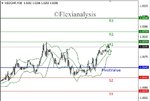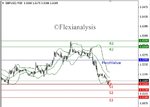Oil expected to rally big in 2016
In spite of increasing oil supply compared to last year, as reported Bank of England falling the price 60 percent in oil price is due to demand factors. China is biggest consumer market, declining global demand refer to low demand in china. according to China Oil, Gas & Petrochemicals, oil demand per year is 6 percent. Globally, oil demand show slight decreasing in demand. US Energy Information Administration reported that in solid performance annual global oil demand is 1.4 million barrels per day (mbpd), although private firms calculated it 1.9 million barrels per day. All data show demand side is strong.
Gross Domestic Product (GDP) growth in china is slowdown as compare to last year. Official estimates indicate that current GDP rate is 6.9 for the third quarter, down 7.7 percent in last same period. Capital and Financial Economics estimates china third-quarter growth of GDP with 4 percent. Since 2011, China’s proxy GDP is consistently low but inverse in second half of 2014.
Classical economist confirm that demand and supply effect with same magnitudes on oil prices. This model conclude that main preseason behind china collapsing by surge of oil supply with creeping oil prices. China effected by oil prices because of china not to devalue its currency. In U.S Shell production making difference in terms of trade. U.S economy saved her $12 billion. Net exports in oil sector improved $30 billion per month in 2012 but now $6 billion per month. Annually trade deficit declining 2 percent of GDP. Key economic partners of America devalue their currencies against dollar. In last 18 months euro fall 22 percent.
On an annual basis, the trade-deficit reduction is more than $300 billion, almost 2 percent of GDP. This, in turn, has supported a strong dollar, made even stronger with the collapse in the price of U.S. oil imports last summer. In response, America’s key trading partners — the euro zone, Japan and South Korea — all devalued their currencies against the dollar. The euro, for example, has fallen by 22 percent against the dollar in the last 18 months. Yuan fail to achieve summer 2014 this implies economic and substantial fail in competitiveness around the globe.
Industrial production units showing constant growth rate with 9 percent rate since last 2 years, while oil pricing creeping in china form second half of 2012 to second half of 2014. Interestingly china diesel demand rose.
By contrast, China’s diesel demand, which has historically tracked industrial production, soared. This lends credence to the notion that exchange rates were the principal driver of perceived Chinese economic weakness from mid-2014. Resultantly, china’s export are expensive and oil imports are cheap.

